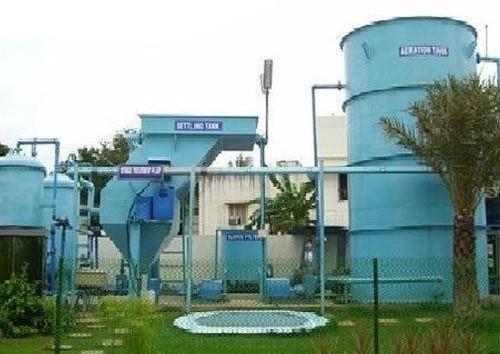Notifications

4 minutes, 51 seconds
-30 Views 0 Comments 0 Likes 0 Reviews

Hospitals are essential facilities that generate a significant amount of wastewater daily—containing not just organic matter, but also pharmaceutical residues, disinfectants, and potentially harmful pathogens. As a result, Sewage Treatment Plants (STPs) in hospitals play a crucial role in ensuring this wastewater is treated effectively before being released into the environment or reused.
However, operating a hospital STP isn’t without its hurdles. From technical complications to compliance issues, here are the most common challenges faced in running a hospital sewage treatment plant, and what can be done to overcome them.
Unlike residential or industrial wastewater, hospital sewage varies greatly throughout the day—depending on hospital activities like surgeries, lab testing, disinfection routines, and pharmaceutical use.
Irregular load of chemical agents and drugs
High concentration of antimicrobial agents affecting biological treatment
Sudden spikes in biological or chemical oxygen demand (BOD/COD)
Conduct regular influent testing and use adaptive biological systems like MBBR or MBR that are more resilient to fluctuation.
Hospital wastewater can carry harmful microorganisms, including drug-resistant pathogens, which pose a serious risk to public health if not treated properly.
Standard STP processes may not eliminate all pathogens
Risk of releasing superbugs into the environment
Incorporate tertiary disinfection processes such as chlorination, UV disinfection, or ozonation to ensure microbiological safety of treated water.
Traces of antibiotics, hormonal drugs, and disinfectants often pass through sewage and can disrupt biological treatment processes.
Inhibits microbial activity in the biological treatment stage
Long-term ecological damage if discharged untreated
Introduce pre-treatment steps such as chemical neutralization or advanced oxidation processes (AOP) to degrade pharmaceutical contaminants before biological treatment.
Urban hospitals often operate on limited land, making it difficult to install large or conventional STP systems.
Lack of space for settling tanks and aeration units
Difficulty in retrofitting existing infrastructure
Use compact modular STP systems (e.g., containerized MBRs) that offer high efficiency in a smaller footprint and are easier to install in constrained environments.
STPs require continuous monitoring and skilled technicians for effective operation—something many hospitals struggle with.
Lack of trained staff leads to inefficiency
Equipment breakdowns and downtime
Opt for automated control systems with real-time monitoring, alarms, and remote management. Also, invest in staff training and regular AMC (Annual Maintenance Contracts).
Improperly managed STPs can emit foul smells and operational noise, leading to complaints from patients, staff, or nearby residents.
Poor aeration system design
Lack of odor control mechanisms
Install odor control units, ensure closed tank designs, and schedule regular desludging. Use low-noise blowers and soundproof enclosures.
Hospitals must adhere to strict discharge norms set by pollution control boards. Failing to meet these can result in fines or shutdowns.
Inability to consistently meet prescribed BOD, COD, and TSS levels
Inadequate documentation or recordkeeping
Ensure regular performance audits, use compliant monitoring equipment, and maintain logs to support regulatory reporting.
While hospital sewage treatment plant face unique and complex operational challenges, many of these issues can be mitigated with smart design, proper technology selection, and regular maintenance. Given the public health risks associated with untreated hospital wastewater, it's vital that hospitals treat their sewage treatment plants as critical infrastructure—not just a compliance requirement.

